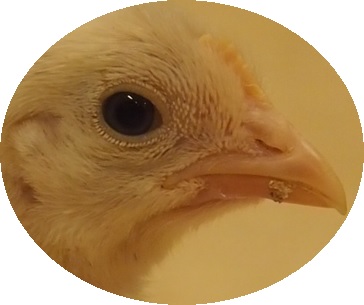Understanding Chicks’ Emotions: Are Eye Blinks & Facial Temperatures Reliable Indicators?
Paper (Link)
In commercial farming systems, chicks are reared without a mother. This absence of maternal influence can cause welfare problems when the chicks become older. Chicks imprint on their mothers they are young, and this mediates their stress and fear response. It is important to recognise problems early in the development of chicks to avoid welfare issues when they are older. One way to assess welfare is by measuring affective states. Research has shown chickens can display empathy, both towards their offspring and towards conspecifics. Measures of negative and positive affective states, either behavioural or physiological, could be good welfare indicators. This study employed non-invasive methods to measure affective states in laying hen chicks.
Using video and thermal imaging, we analysed temperature changes in the peripheral areas and head region of the birds as well as changes in blinking behaviour before and after exposure to a stressor. The prediction was that the temperature would decrease in the eye and peripheral regions in response to a stressor and that the blinking rate would decrease. These changes would be indicative of a negative affective state. The results showed that the eye temperature as well as the blinking rate both decreased, whereas the temperature in the head region and the beak area increased. These results could be indicative of a negative affective state.

